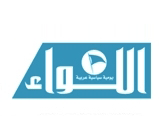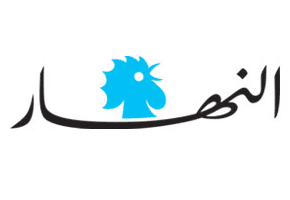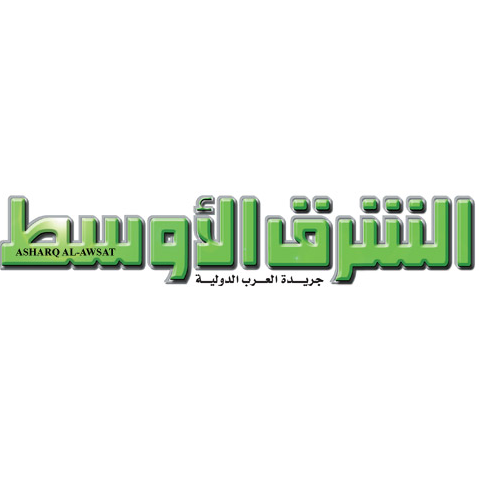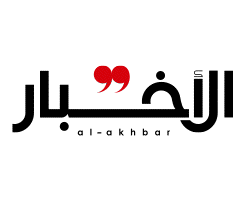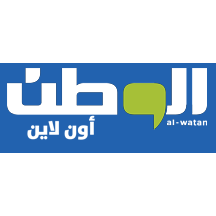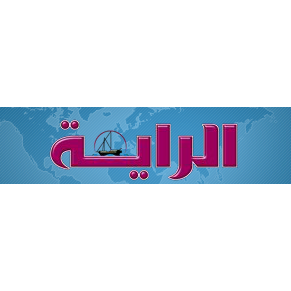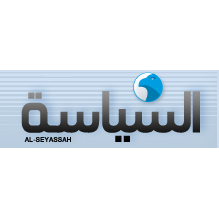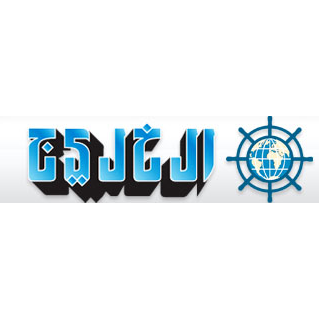Local and regional challenges dog Lebanon’s cabinet formation
Rami Rayess / The Arab Weekly
10 يونيو 2018
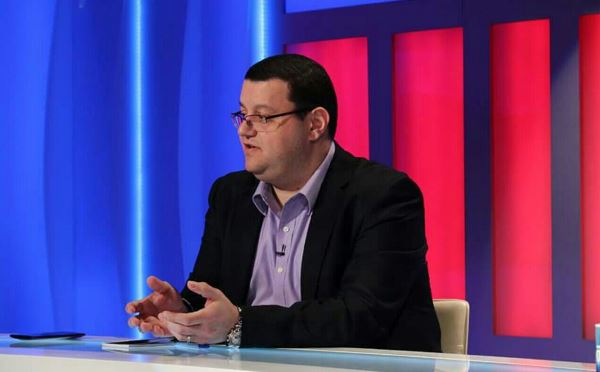
Creating new cabinets in Lebanon has always been difficult. That process became more complicated following the Taif Agreement of 1990.
Before that accord, the Lebanese president had the right to assign ministers’ portfolios and select the prime minister. After Taif, the president was obliged to heed parliament’s nomination of its own prime minister after an election.
Once designated, the prime minister is expected to negotiate with all parliamentary blocs to reach a consensus on the shape of the new government, taking into account the groups’ sectarian, parliamentary and regional representation.
This is rarely a straightforward process and this post-election government formation is not either. The two main challenges are likely to be the representation of Hezbollah and balancing the Christian and Druze shares of the 30-member cabinet.
Complications are expected because of the so-called ministerial declaration, a comprehensive statement explaining the shared vision of the cabinet and the projects for which it needs parliament’s support. In the past 20 years or so, a ministerial statement calling for a tripartite partnership, including the state, the people and the resistance to liberate Lebanese lands and defend the territory, have been included in nearly all such declarations.
That tradition may be challenged. “International sources informed the concerned Lebanese authorities that the tripartite formula was no longer accepted in the new ministerial declaration,” the Saudi-owned newspaper Asharq Al Awsat wrote after Lebanese Prime Minister-designate Saad Hariri was entrusted with creating the new cabinet.
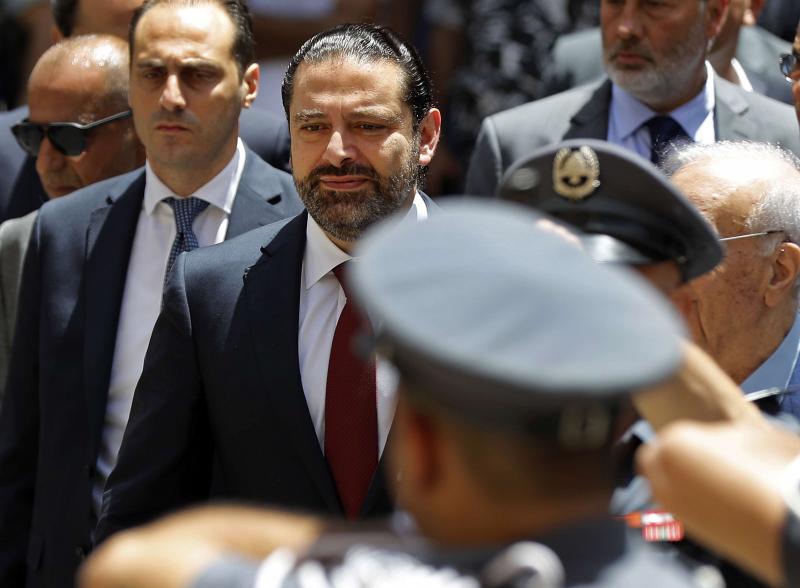
However, given the international pressure on Hezbollah, its approach to participating in the cabinet is likely to be different than in the past. Previously, the party viewed its role in the political process as symbolic, affording it the political legitimacy it needs to defend itself against international pressures. Principally, it used its political position to resist sanctions placed on its leaders, including Secretary-General Hassan Nasrallah.
At the time sanctions were imposed, Nasrallah said they “will not defeat the resistance,” emphasising that Western actions should not block Lebanon from forming a new government. Complicating the mix is Hezbollah’s insistence that it will not be satisfied with the relatively unimportant ministries allotted to it in the past.
Despite US sanctions on Hezbollah, Hariri seems aware that he needs to include the party in the cabinet to achieve the “political stability in the country” he craves, a position he stressed during an interview with the Wall Street Journal.
Further complications threaten the quick formation of a cabinet. Druze leader Walid Joumblatt has insisted that he nominate the three ministers allotted to the Druze after his Progressive Socialists Party won seven of the eight Druze seats (the eighth he left to his opponent, Talal Arslan).
Further obstacles lie in the cabinet’s Christian representation. After the memorandum of understanding guaranteeing equal representation between the Christian parties, the Lebanese Forces and the Free Patriotic Movement (FPM), the former feels that increasing its parliamentary seats from eight to 15 should give it a dominant role in the cabinet. The FPM, which won 24 seats, is unlikely to agree.
Senior Lebanese Forces sources told The Arab Weekly: “We must have an equal share of ministries in the new cabinet to the FPM. This was part of the understanding. If not, we will abstain from participating and go to the opposition.”
The consociation politics that typifies the Lebanese government has made understanding among the various parties a compulsory condition of progress. That Hariri will need to navigate that is a given. How his progress to that end will be regarded within and without Lebanon is open to speculation.
 عن أمل جنبلاط المتجدد: لبنان يستحق النضال
عن أمل جنبلاط المتجدد: لبنان يستحق النضال
 صحافيون أم عرّافون!
صحافيون أم عرّافون!
 ماذا يجري داخل أروقة بيت الكتائب المركزي؟
ماذا يجري داخل أروقة بيت الكتائب المركزي؟
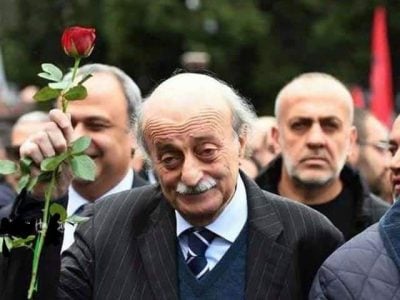
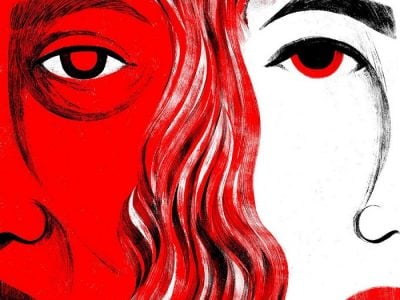
 عن الخرائط التي تُرسم والإتفاقات التي تتساقط!
عن الخرائط التي تُرسم والإتفاقات التي تتساقط!
 “الإنحراف في الحياة”/ بقلم كمال جنبلاط
“الإنحراف في الحياة”/ بقلم كمال جنبلاط
 هاشتاغ #صار_الوقت يحل أولاً في حلقة جنبلاط
هاشتاغ #صار_الوقت يحل أولاً في حلقة جنبلاط
 طاولة نقاش عن أزمة الصحافة في جامعة AUST
طاولة نقاش عن أزمة الصحافة في جامعة AUST
 عبدالله: ليظهر لنا وزير مكافحة الفساد حرصه في صفقات البواخر والفيول
عبدالله: ليظهر لنا وزير مكافحة الفساد حرصه في صفقات البواخر والفيول
 عبدالله: غريب أمر وزارة مكافحة الفساد!
عبدالله: غريب أمر وزارة مكافحة الفساد!
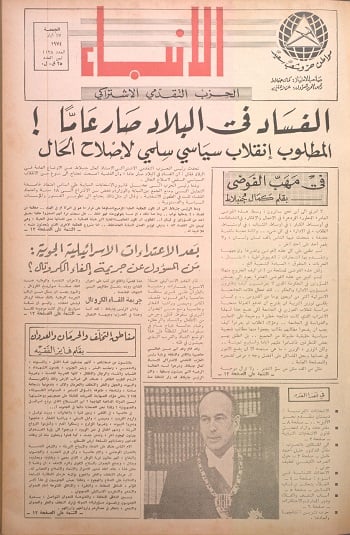
 Comment to Uri Avnery: How Sad What Is Looming Ahead
Comment to Uri Avnery: How Sad What Is Looming Ahead
 “Not Enough!”
“Not Enough!”
 … لمن لم يقرأ يوسف البعيني/ بقلم وسام شيّا
… لمن لم يقرأ يوسف البعيني/ بقلم وسام شيّا
 كمال جنبلاط في مولده الأول بعد المائة: تعاليمه وأفكاره ما زالت الحلّ/بقلم عزيز المتني
كمال جنبلاط في مولده الأول بعد المائة: تعاليمه وأفكاره ما زالت الحلّ/بقلم عزيز المتني
 رئيس حزب/ وليس (… سابقاً)/ بقلم د. خليل احمد خليل
رئيس حزب/ وليس (… سابقاً)/ بقلم د. خليل احمد خليل
 التوازن السياسي في لبنان
التوازن السياسي في لبنان
 لبنان… مشاريع انقلابية مؤجلة
لبنان… مشاريع انقلابية مؤجلة
 جنبلاط وحَمَلة أختام الكاوتشوك
جنبلاط وحَمَلة أختام الكاوتشوك
 Le Liban est un symbole de tolérance
Le Liban est un symbole de tolérance
 Our Automated Future
Our Automated Future
 The True Origins of ISIS
The True Origins of ISIS
 Les Misérables vs. Macron
Les Misérables vs. Macron
 عذراً أيها المعلم/ بقلم مهج شعبان
عذراً أيها المعلم/ بقلم مهج شعبان
 رساله الى المعلم / بقلم ابو عاصم
رساله الى المعلم / بقلم ابو عاصم
 إلى روح القائد والمعلم كمال جنبلاط/ بقلم أنور الدبيسي
إلى روح القائد والمعلم كمال جنبلاط/ بقلم أنور الدبيسي
 أسرار وعناوين الصحف ليوم الجمعة 14 كانون الاول 2018
أسرار وعناوين الصحف ليوم الجمعة 14 كانون الاول 2018






